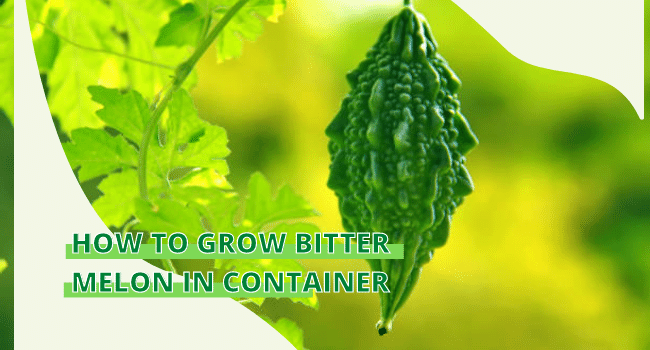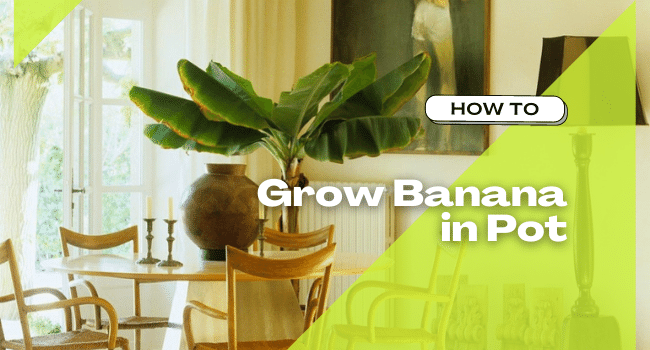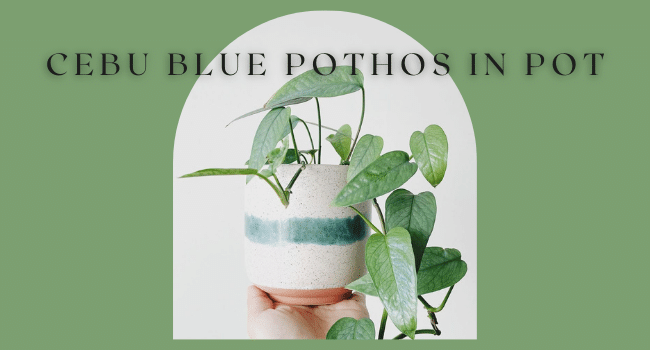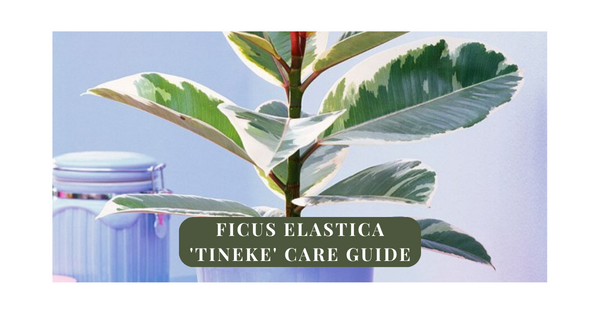How to Grow Succulents in Sand
Check out this Ultimate Guide to Growing Succulents in Sand. You’ll have you own Desert Oasis at home by growing succulents in sand!
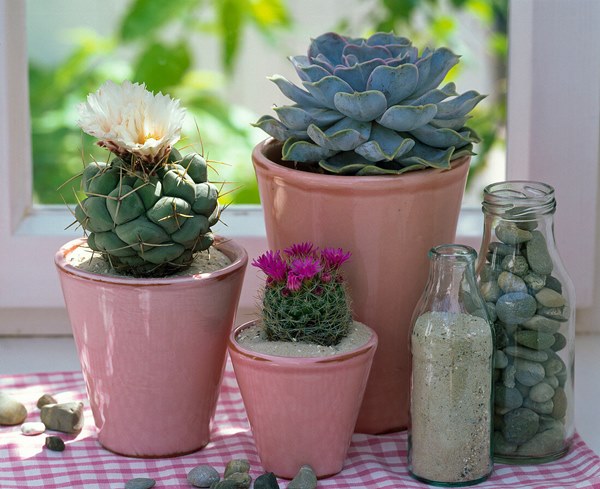
Succulents are renowned for their resilience and adaptability, making them an excellent choice for both novice and experienced gardeners. Hailing from deserts and mountains hardy succulents are adapted to survive in worst of the conditions. In this guide, we’ll explore how you can grow succulents in sand and provide step-by-step instructions to help you create a thriving desert oasis at home.
Can Succulents Grow in Sand?
Short answer is YES succulents can survive and grow in sand. But there is a catch! As sand does not contain any nutrients even succulents, which don’t require nutrient rich medium start showing signs of distress over time. Although where other plants shrivel up and die quickly in sand, succulents survive in sand for a long period. Succulents also have an amazing quality of storing water in their thick leaves, stems and roots. Due to this water storing capacity succulents are able to survive in sand even when other plants can’t. It never ceases to amaze just how resilient these plants are!
Reasons to Use Sand for Succulents
- Excellent Drainage: Succulents, with their water-storing leaves and stems, are susceptible to root rot if their soil retains too much water. Sand, being a well-draining medium, prevents waterlogged conditions and promotes healthy root development.
- Aesthetic Appeal: Sand not only serves a functional purpose but also enhances the visual appeal of your succulent arrangement. The fine texture and neutral color of sand provide a clean and natural backdrop that complements the unique shapes and colors of succulents.
- Mimicking Natural Habitats: Many succulents naturally grow in sandy or rocky environments. Replicating these conditions in your succulent garden by throwing in sand in the mix can encourage the plants to thrive and display their unique characteristics.
How to Grow Succulents in Sand
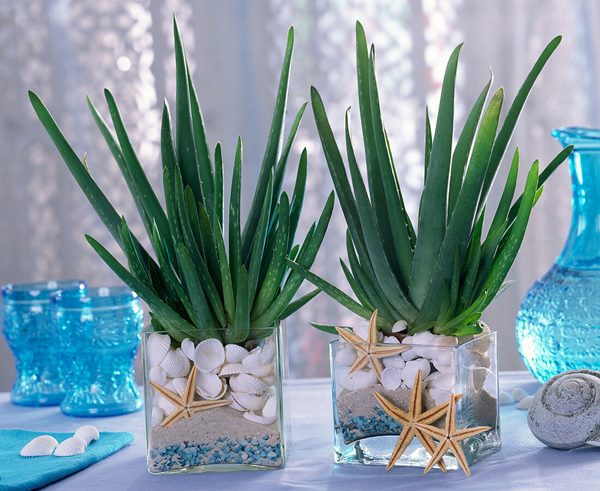
- Choose the Right Sand: Not all sands are suited for succulents. Opt for coarse or builder’s sand or horticultural sand as it allows for better aeration and drainage. Avoid using fine beach sand, as it may compact and impede drainage.
- Selecting Succulents: Choose succulent varieties that are well-suited to arid conditions. Popular choices include Echeveria, Sedum, and Aloe. Research each species’ specific requirements to ensure compatibility with a sandy environment.
- Container Selection: Use containers with drainage holes to further promote effective water drainage. Terracotta pots are an excellent choice, as they allow excess moisture to evaporate through the porous material.
It’s advisable to utilize a blend of sand and soil for cultivating succulents. While coarse sand is a common component in various potting mixes, relying solely on it is not recommended. Pure sand lacks nutrient availability and tends to have a pH close to 7, which is unsuitable for succulents. The ideal pH for succulents is around 5.5. Additionally, using sand alone can result in a dense and heavy mixture when watered, leading to issues like root rot over time. In summary, it is better to incorporate sand as an ingredient in the potting mix rather than using it as the sole medium.
Tips for Growing Succulents!
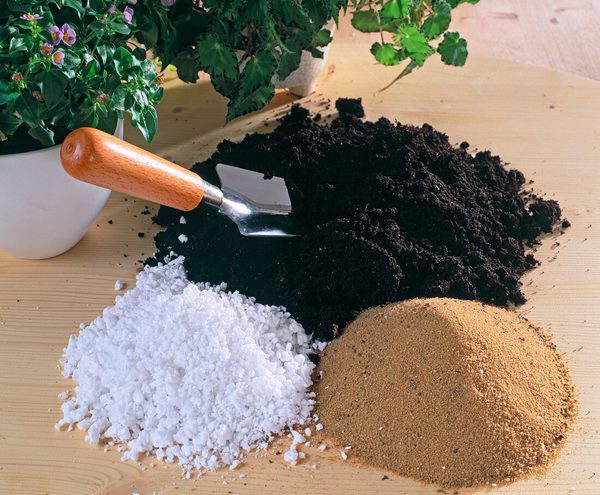
- Prepare the Soil Mix: Create a well-draining succulent mix by combining sand with potting soil or cactus mix. This blend provides the necessary nutrients while maintaining optimal drainage.
- Planting Technique: Gently remove the succulent from its nursery pot, shaking off excess soil. Place a layer of the prepared sand-soil mix in the bottom of the container, position the succulent, and fill in the gaps with more mix.
- Watering: Water sparingly, allowing the soil to dry out completely between waterings. Overwatering is a common mistake, so monitor the soil moisture and adjust your watering schedule accordingly.
- Sunlight Requirements: Succulents love sunlight. Place your container in a location where the plants receive at least 6 hours of direct sunlight per day. A south-facing window or a sunny outdoor spot is ideal.
- Fertilization: Fertilize sparingly during the growing season, using a diluted, balanced succulent fertilizer. Avoid over-fertilizing, as succulents are adapted to nutrient-poor environments. Fertilizing becomes even more important if you are primarily using sand as growing medium.
Best Succulents for Sand
There are some succulents more suited to adversity than others and thus do well in sand. Here is the list of such succulents that are more adapted to growing in sand.
1. Sedum (Stonecrop)

Sedums are a diverse group of succulents known for their fleshy, often colorful leaves. Varieties such as Sedum rubrotinctum (Jelly Bean Plant) and Sedum spurium (Dragon’s Blood) are excellent choices for sandy soils. They are hardy, low-maintenance, and add a delightful variety of colors and textures to your garden.
2. Echeveria
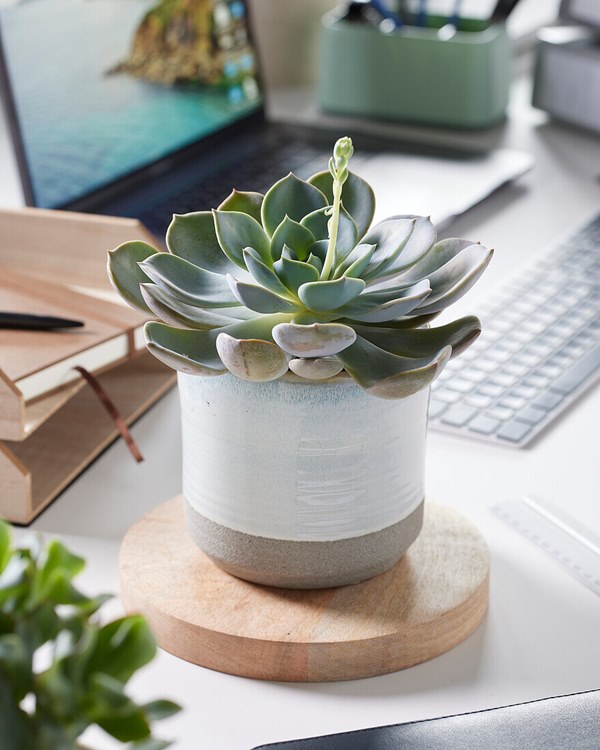
Echeverias are prized for their rosette-shaped foliage and come in a wide array of colors, shapes, and sizes. Echeveria ‘Grande Cinza,’ with its pastel hues, and Echeveria agavoides (Lipstick Echeveria), with its striking red tips, are particularly well-suited for sandy environments. Ensure they receive ample sunlight for vibrant coloration.
3. Aloe
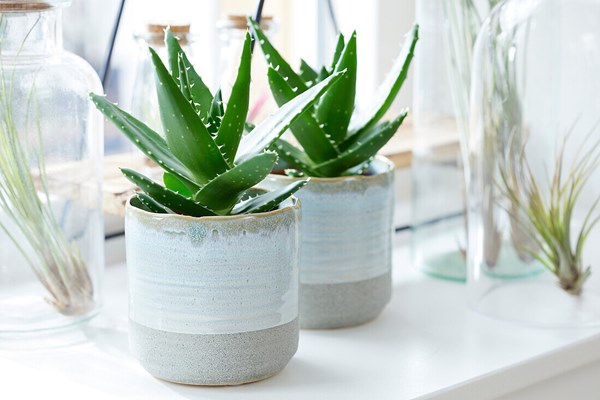
Aloe vera and other Aloe species are not only known for their medicinal properties but also for their ability to thrive in sandy soils. These succulents appreciate well-draining conditions and can withstand periods of drought. A sunny spot in your garden will keep these plants happy and healthy.
4. Agave
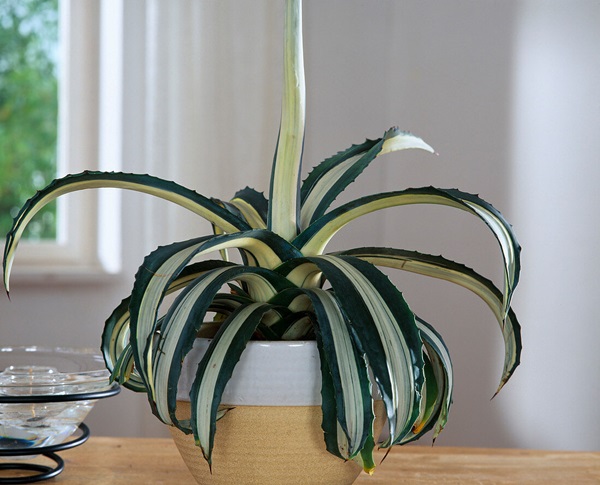
Agaves are iconic succulents with dramatic rosettes and striking architectural forms. Varieties like Agave parryi (Artichoke Agave) and Agave americana (Century Plant) are well-suited for sandy gardens. Their unique shapes and sizes can create focal points in your succulent arrangement.
5. Yucca
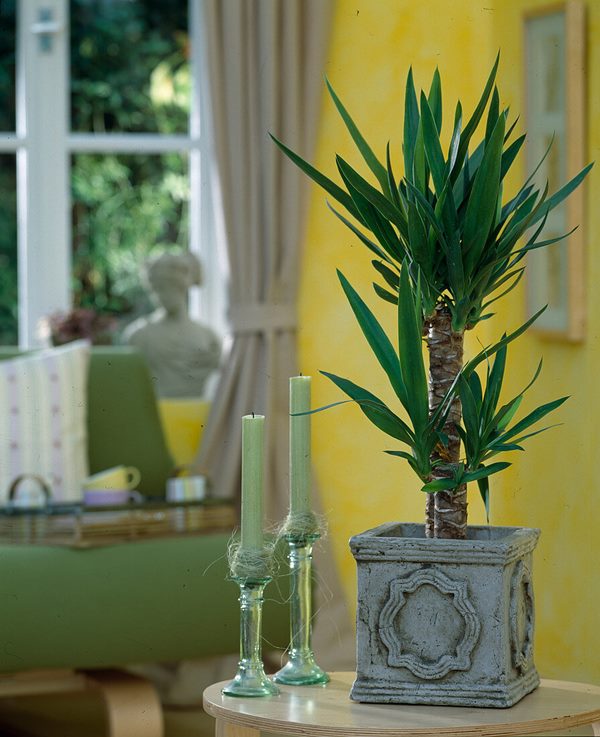
Yuccas are versatile succulents with sword-like leaves that add a touch of drama to indoor spaces. Yucca filamentosa (Adam’s Needle) and Yucca rostrata (Beaked Yucca) are some of its drought tolerant varieties. These plants are drought-tolerant and thrive in full sunlight.
6. Crassula
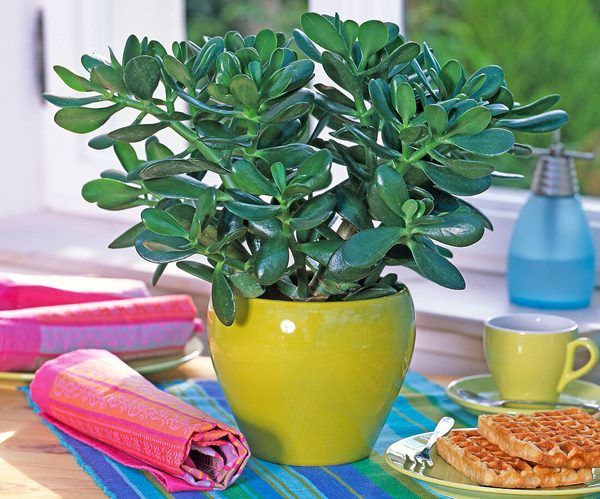
Crassulas, also known as Jade Plants, offer a wide range of options for sandy gardens. Crassula ovata (Jade Plant) and Crassula perforata (String of Buttons) are popular choices. Their compact growth habits make them suitable for container gardens, and they appreciate the well-draining nature of sandy soil.
Conclusion
Growing succulents in sand can be a rewarding and visually striking endeavor. By providing the right conditions—well-draining soil, appropriate sunlight, and minimal water—you can create a stunning desert-inspired garden that showcases the unique beauty of these resilient plants. Experiment with different succulent varieties, container arrangements, and sand types to personalize your desert oasis and enjoy the satisfaction of nurturing these fascinating plants in a sandy haven of your own creation.
